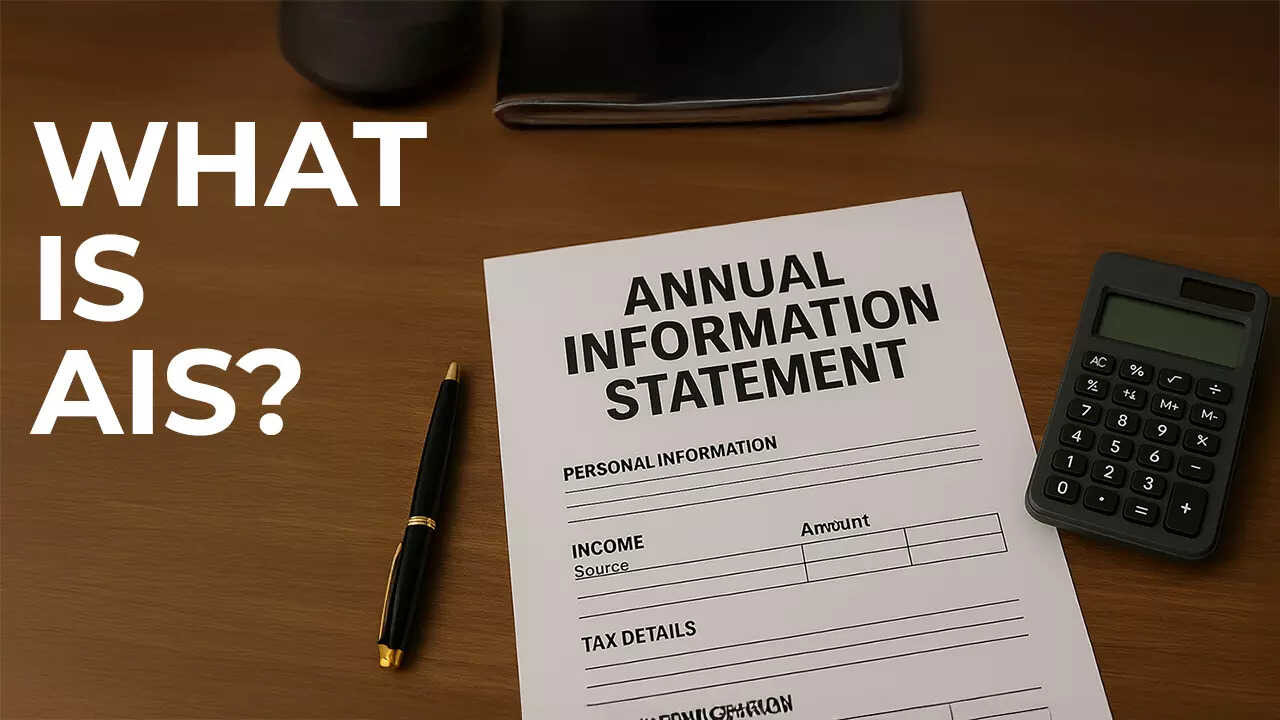The Annual Information Statement (AIS) is a comprehensive tool for taxpayers, offering a detailed view of financial transactions beyond just TDS/TCS. It helps in accurate tax reporting by providing a broader overview of income sources like interest, dividends, and securities transactions.
Decoding the Tax Labyrinth: AIS vs. Form 26AS – Your Guide to Hassle-Free E-Filing
Tax season. The mere mention of it can send shivers down the spines of even the most financially savvy among us. But fear not, fellow taxpayers! While the process might seem like navigating a complex maze, understanding the key players can make all the difference. And when it comes to filing your Income Tax Return (ITR), two documents reign supreme: the Annual Information Statement (AIS) and Form 26AS.
Now, if you’re anything like me, you might be thinking, “AIS? Form 26AS? What’s the difference, and why should I care?” Well, let’s break it down. Think of them as two slightly different lenses through which the Income Tax Department views your financial activity for the year. Both are crucial for accurately reporting your income and claiming the deductions you deserve, but understanding their nuances can save you from potential headaches down the line.
Form 26AS, the elder statesman of the tax reporting world, has been around for quite some time. In its simplest form, it’s a consolidated statement showing the tax deducted at source (TDS) from your income. So, if your employer deducted tax from your salary, or your bank deducted tax on your interest income, it would reflect in your Form 26AS. It essentially acts as a record of all the taxes that have been credited to your PAN (Permanent Account Number).
Think of it like this: Form 26AS is your digital receipt book for taxes already paid. It’s a reliable source for verifying that the TDS deducted by various entities on your income actually reaches the government’s coffers. It’s a vital document for reconciliation, ensuring that the tax you claim as credit in your ITR matches the amount the government has on record. Discrepancies here can lead to notices and added scrutiny, something we all want to avoid!
Enter the Annual Information Statement (AIS), the relatively new kid on the block. It’s essentially Form 26AS on steroids. While Form 26AS primarily focuses on TDS and TCS (Tax Collected at Source), the AIS casts a much wider net. It aims to provide a comprehensive view of your financial transactions during the financial year.
We’re talking about much more than just TDS and TCS. The AIS also incorporates details like:
* Interest earned from savings accounts and fixed deposits: Even if tax wasn’t deducted, the interest you earned will be reflected.
* Dividend income: Details of dividends received from your investments.
* Transactions in securities and mutual funds: This includes purchases and sales, providing a detailed record of your investment activity.
* Foreign remittances: If you sent or received money from abroad, it will likely be included.
* High-value transactions: This could include significant cash deposits, property purchases, or other noteworthy financial activities.
In essence, the AIS is a treasure trove of financial information, compiled from various sources like banks, financial institutions, and registrars. It’s designed to give the Income Tax Department a holistic understanding of your income and financial dealings, hopefully making tax evasion much harder.
So, what’s the practical implication of all this? Well, the AIS is designed to nudge you towards greater transparency and accuracy when filing your taxes. It’s a gentle reminder (or sometimes not so gentle!) of all the income streams you may have had during the year.
The potential for discrepancies is where it gets interesting (and potentially stressful). You might find transactions in your AIS that you weren’t even aware of, or details that are incorrect. This is where the AIS’s feedback mechanism comes into play.
The Income Tax Department allows you to provide feedback on the information displayed in your AIS. If you spot an error or omission, you can submit your feedback online, providing evidence to support your claim. This helps to ensure the accuracy of the information on record and prevents potential issues down the line.
So, How Should You Use This Information?
* Download and Review Both Documents: Before you even think about filing your ITR, download both your Form 26AS and your AIS from the Income Tax Department’s e-filing portal.
* Cross-Reference and Verify: Compare the information in both documents with your own records (bank statements, investment statements, etc.). This is crucial for identifying any discrepancies.
* Report All Income: Use the AIS as a checklist to ensure you’ve reported all sources of income. Don’t rely solely on Form 26AS, as it might not include all your income streams.
* Provide Feedback: If you find any errors or omissions in your AIS, don’t ignore them. Submit your feedback through the e-filing portal with supporting documentation. This is essential for preventing future problems.
* Keep Detailed Records: Maintain meticulous records of all your financial transactions throughout the year. This will make the process of verifying your AIS and Form 26AS much easier.
Ultimately, the AIS and Form 26AS are valuable tools for both taxpayers and the Income Tax Department. For taxpayers, they provide a comprehensive view of their financial activity and help ensure accurate tax filing. For the department, they enhance transparency and improve tax compliance.
While navigating the tax system can feel daunting, understanding these key documents is a significant step towards simplifying the process and staying on the right side of the law. So, arm yourself with knowledge, be diligent in your record-keeping, and face tax season with confidence!







